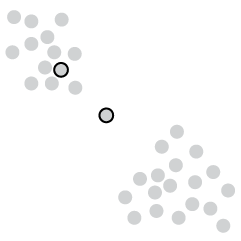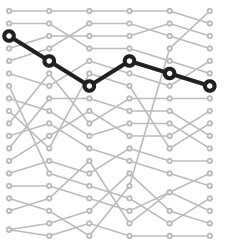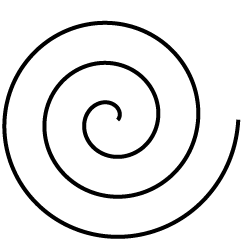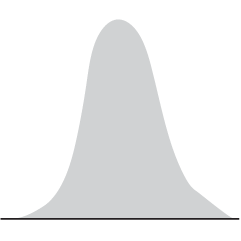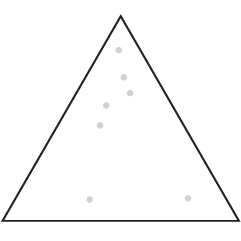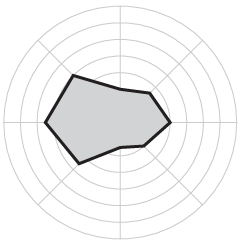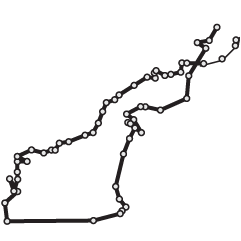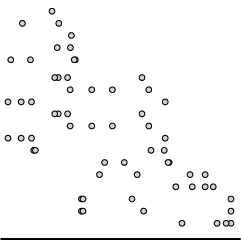The Royal Statistical Society published ten lessons governments should takeaway from this year, which should naturally apply to standard data practice:
- Invest in public health data – which should be regarded as critical national infrastructure and a full review of health data should be conducted
- Publish evidence – all evidence considered by governments and their advisers must be published in a timely and accessible manner
- Be clear and open about data – government should invest in a central portal, from which the different sources of official data, analysis protocols and up-to-date results can be found
- Challenge the misuse of statistics – the Office for Statistics Regulation should have its funding augmented so it can better hold the government to account
- The media needs to step up its responsibilities – government should support media institutions that invest in specialist scientific and medical reporting
- Build decision makers’ statistical skills – politicians and senior officials should seek out statistical training
- Build an effective infectious disease surveillance system to monitor the spread of disease – the government should ensure that a real-time surveillance system is ready for future pandemics
- Increase scrutiny and openness for new diagnostic tests – similar steps to those adopted for vaccine and pharmaceutical evaluation should be followed for diagnostic tests
- Health data is incomplete without social care data – improving social care data should be a central part of any review of UK health data
- Evaluation should be put at the heart of policy – efficient evaluations or experiments should be incorporated into any intervention from the start.
See the full report here.

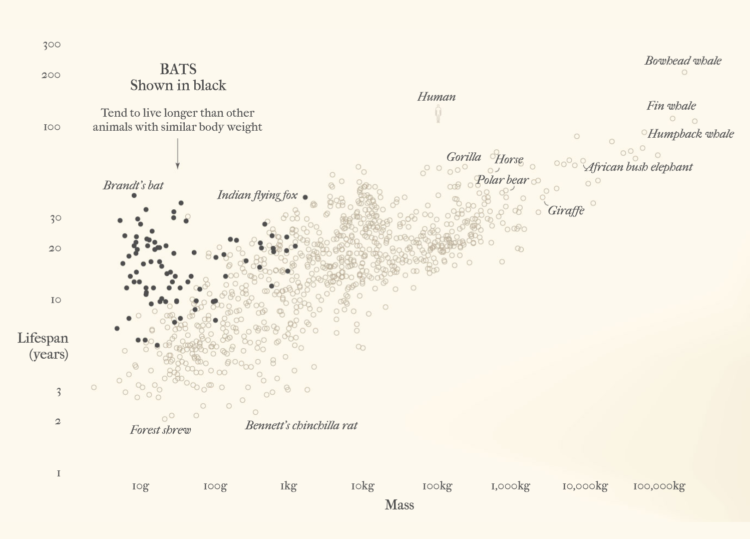
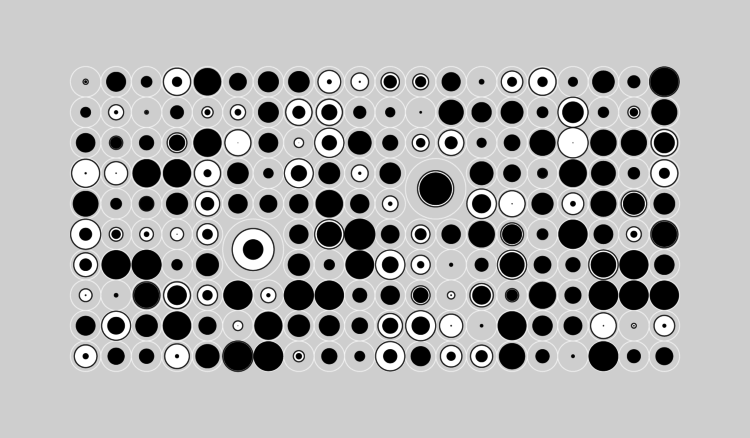
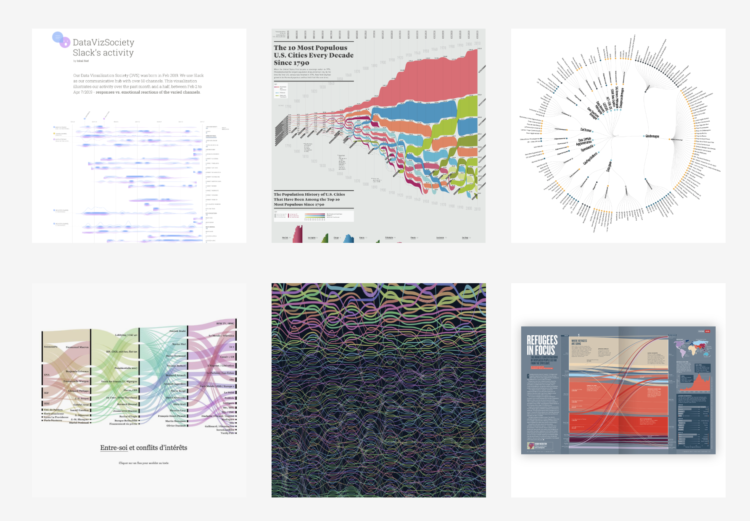

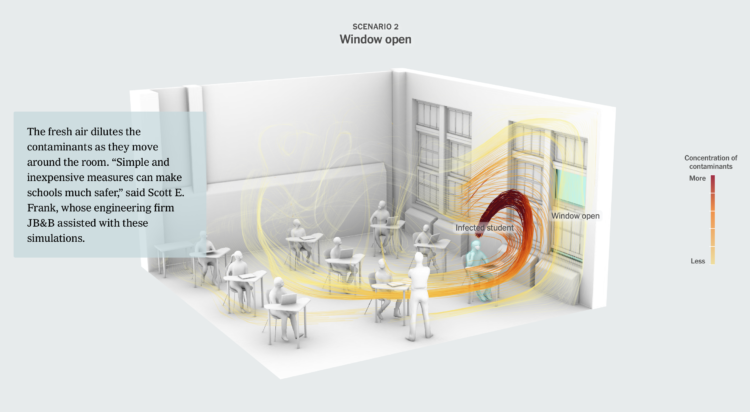
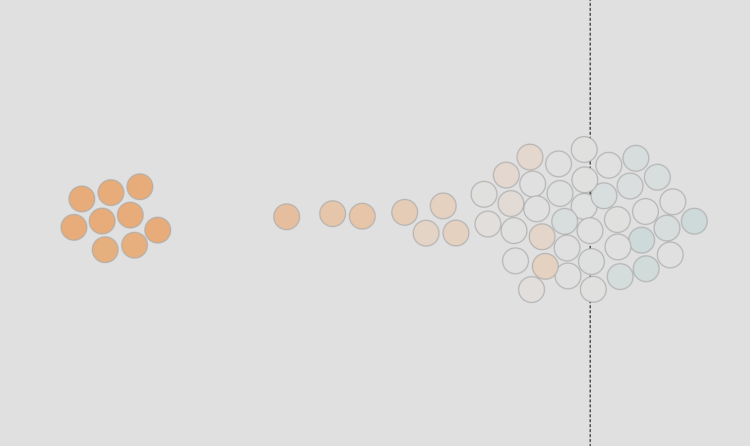
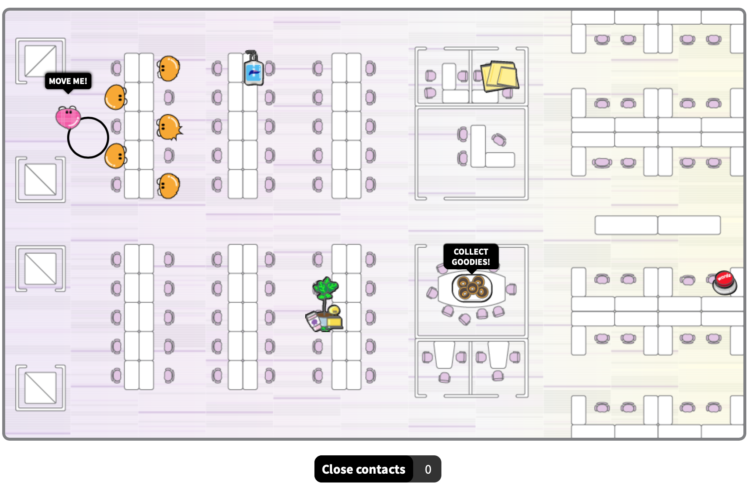
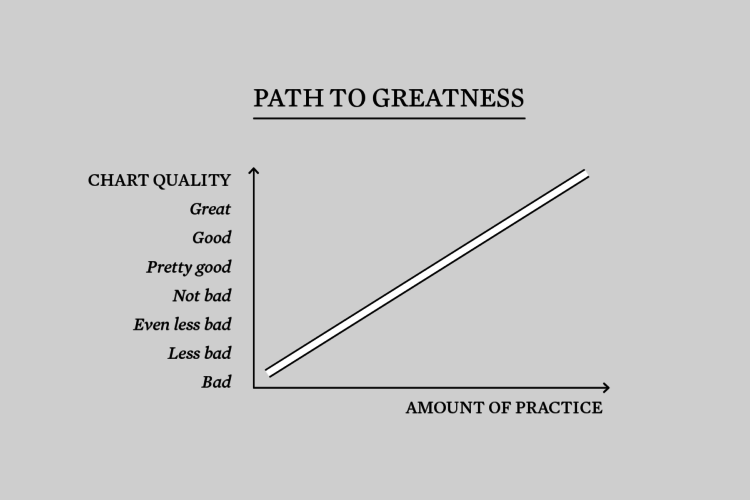
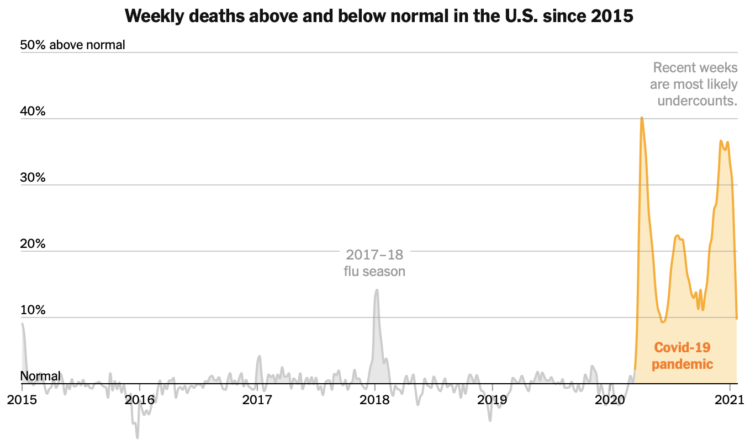
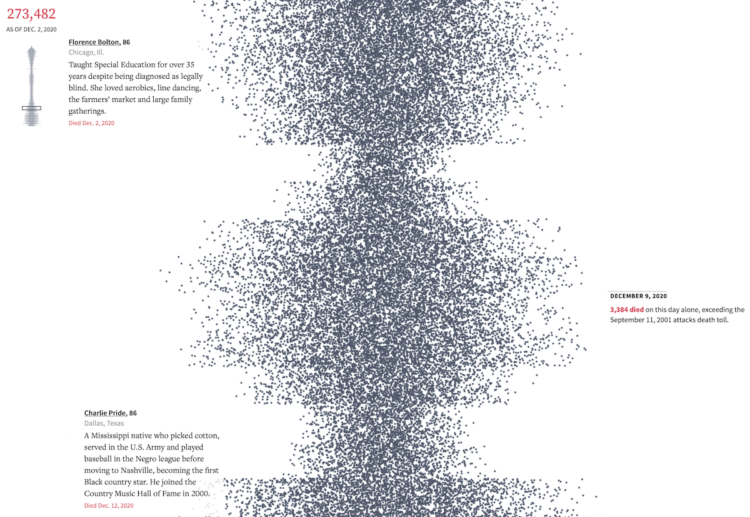
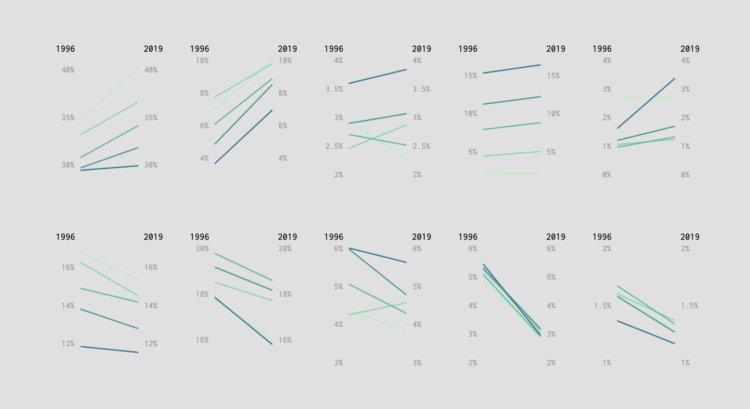
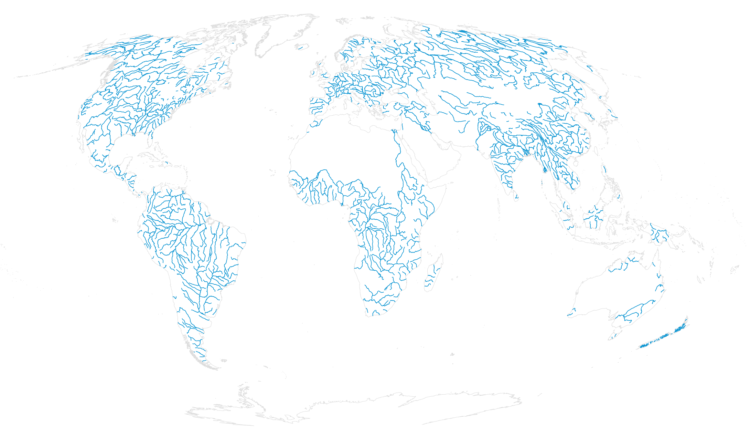
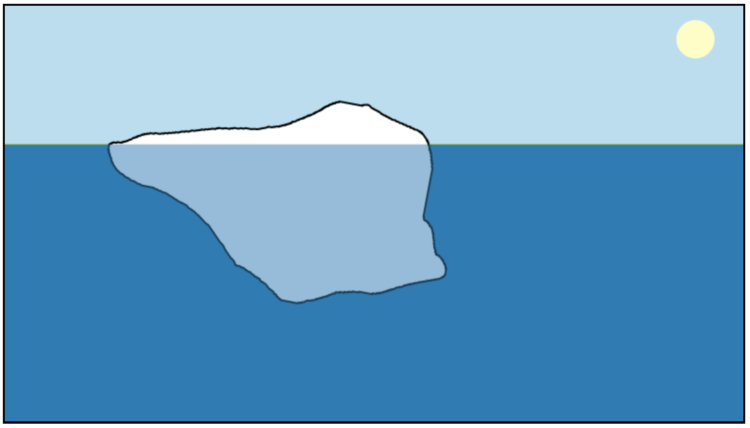
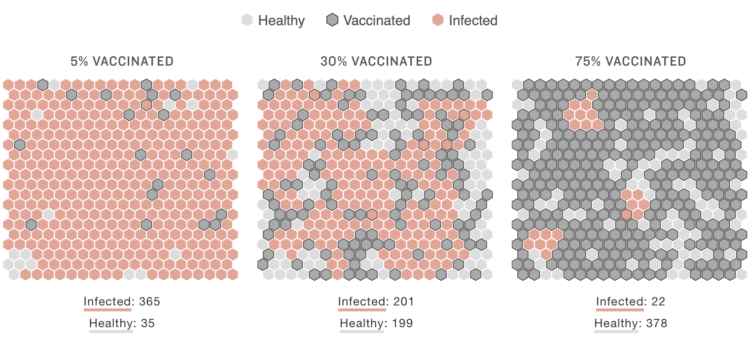
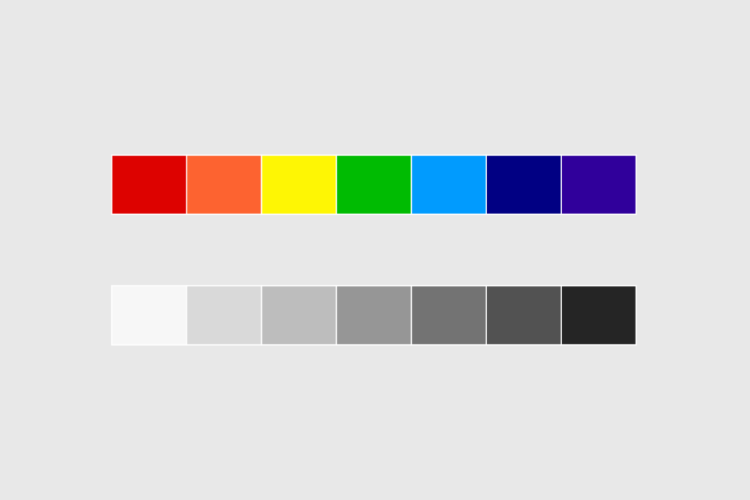
 Visualize This: The FlowingData Guide to Design, Visualization, and Statistics (2nd Edition)
Visualize This: The FlowingData Guide to Design, Visualization, and Statistics (2nd Edition)
